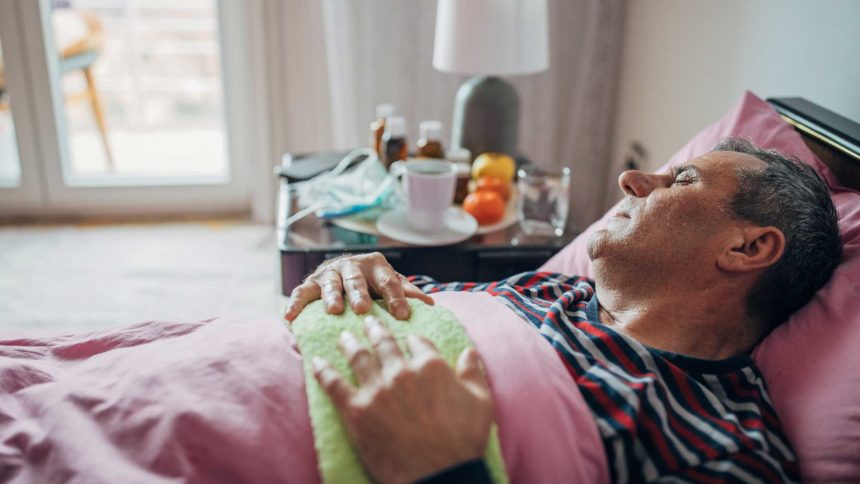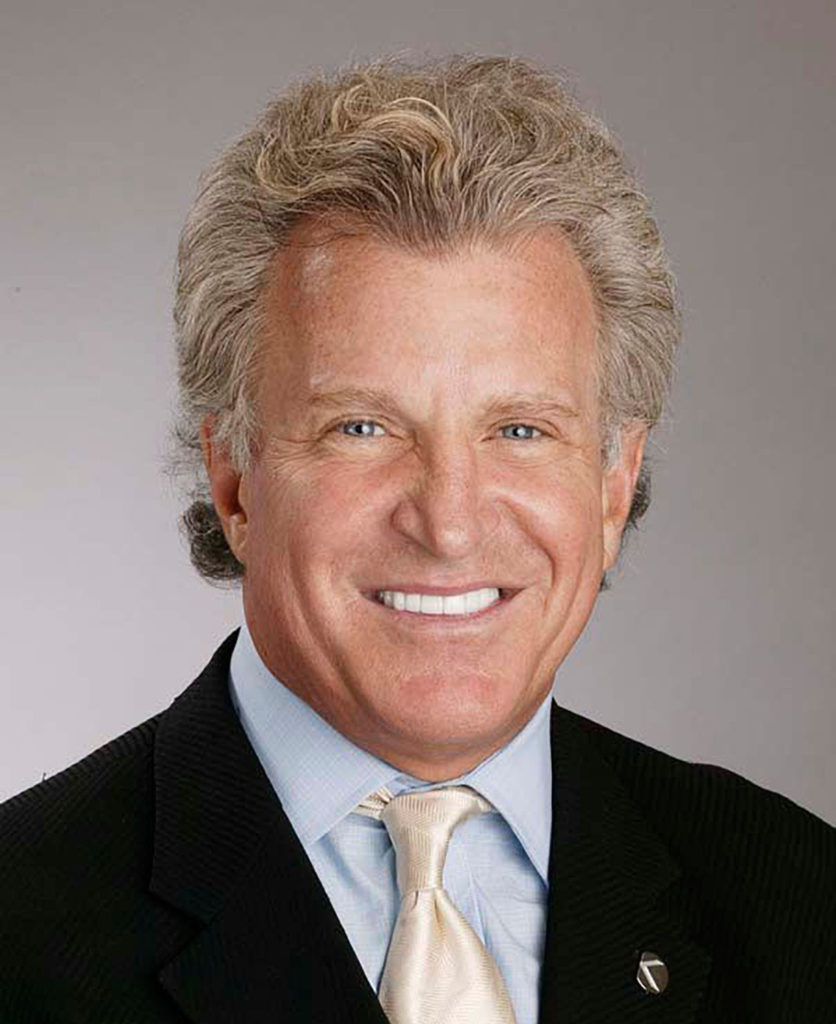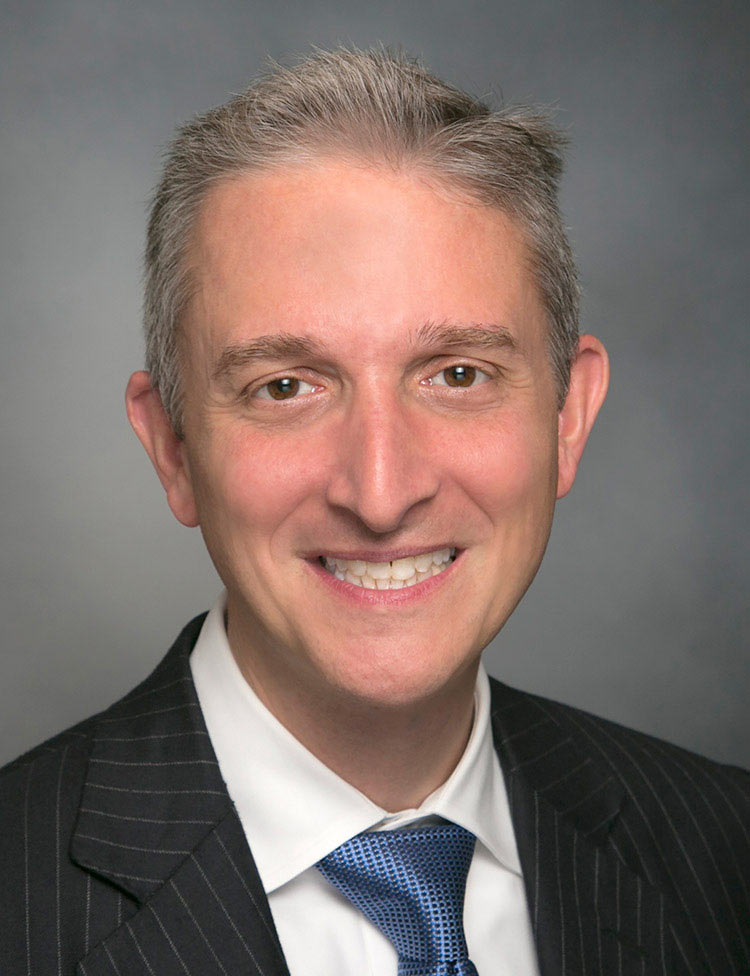
The Mayo Clinic and Kaiser Permanente gave the hospital-at-home model a shot in the arm Wednesday. They disclosed a combined $100 million investment in Medically Home, a Boston-based company that offers turn-key solutions to hospital-at-home providers.
Medically Home Executive Chairman Raphael Rakowski hopes the investment will encourage more hospitals around the U.S. and the world to adopt the hospital-at-home model.

“I want to really emphasize this is not a financial transaction,” Rakowski said. “This is an enablement of a model that has been embraced by clinical leaders on behalf of patient care. The capital is being used to expand access to the model.”
Medically Home provides patients in client hospitals with 24/7 acute-level care. The company provides a command center led by a team of doctors and nurses, connects hospitals to a fleet of services, and connects everything through technology.
The hospital-at-home model has expanded during the COVID-19 pandemic as hospital beds filled with coronavirus patients. In March of last year, the Centers for Medicare and Medicaid Services announced the Hospital Without Walls program, giving hospitals greater flexibility in providing services beyond their existing walls. It expanded the program further last fall. Currently, 129 hospitals and 56 health systems have hospital-at-home programs in place.
Rochester, MN-based Mayo and Oakland, CA-based Kaiser Permanente began working with Medically Home last year. The two systems have different geographic footprints. Mayo has offered the program to patients in Wisconsin and Florida, while Kaiser has offered it in California and Oregon. Both providers hope to expand access to patients in other states.

“Kaiser Permanente is walking the walk. We have a program where we’ve already enrolled 500 patients in the program,” said Kaiser Permanente Executive Vice President Stephen Parodi, M.D. “We need to scale this to other parts of the United States. The investment that we are making is really commensurate with that, so the feeling and the belief is that we need to move that forward.”
Rakowski said the investment could also help expand access to more complex, higher acuity patients who represent about 30% of hospitalizations.
More than 250 Mayo Clinic patients have received care at home in the past year with 96% reporting high-level satisfaction rates. Mayo Clinic platform president John Halamka said hospital-at-home represents the future of hospital care.
“Here is my prediction: emergency departments and operating rooms and intensive care units pretty much will be done in non-traditional settings,” Halamka said.
This article originally appeared on McKnight's Senior Living



